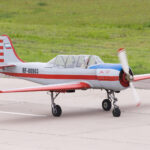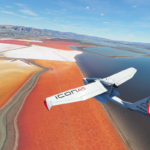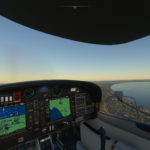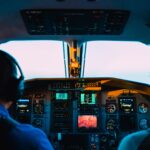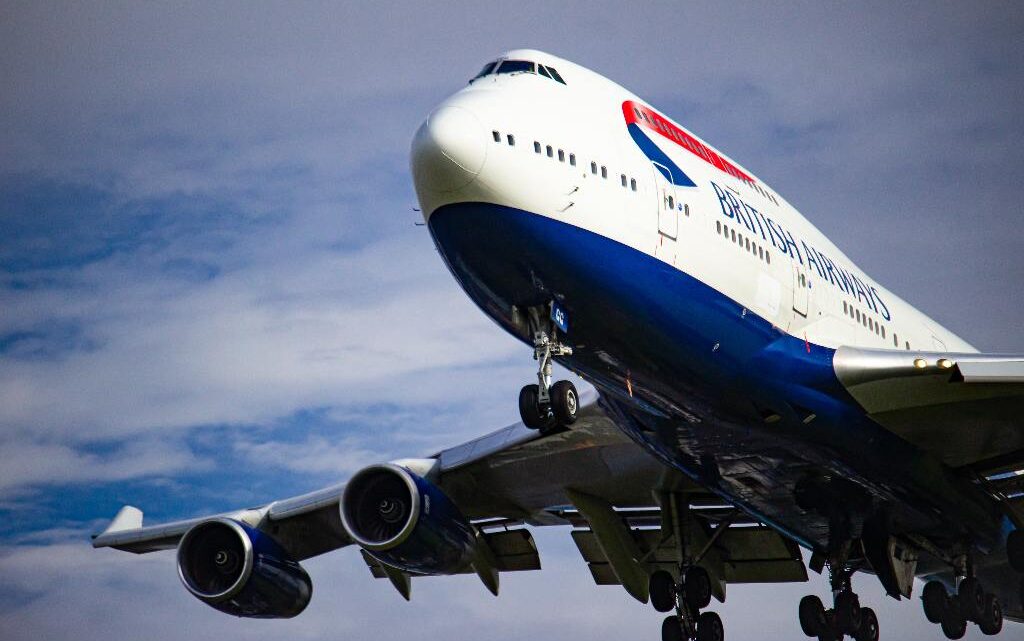
Flight Training 101: A Skyward Journey
The journey to becoming a pilot is filled with both thrilling experiences and demanding challenges. While many are enticed by the idea of soaring through the clouds and having a bird’s eye view of the world below, it’s essential to remember that flying is a significant responsibility. This guide will offer a comprehensive overview of the initial steps required to embark on this exciting career.
Understanding the Prerequisites
Before even setting foot in an aircraft, prospective pilots must ensure they meet specific prerequisites:
- Age Requirement: In many countries, including the U.S., you must be at least 17 to get a private pilot’s license and 18 for a commercial license.
- Medical Certificate: Pilots need to be in good health. Before training, you’ll need a medical examination to obtain the required certificate.
- Educational Background: While a college degree is not mandatory, having one, especially in aviation or a related field, can be beneficial.
Selecting the Right Flight School
Your choice of flight school will significantly influence your aviation training experience:
- Accredited Schools: Look for schools accredited by recognized aviation authorities. They adhere to high standards and often provide a well-rounded curriculum.
- Type of Training: There are typically two training types – Part 61 and Part 141 in the U.S. The former is more flexible and often cheaper, while the latter is more structured.
- Instructors: Ensure that the school has experienced instructors who are not just knowledgeable but also have a passion for teaching.

The Learning Curve: Ground to Sky
Flying isn’t just about controlling an aircraft; it’s about understanding its every aspect:
- Ground School: Before taking to the skies, students spend time in ground school. Here, they learn the theoretical aspects, including aerodynamics, weather patterns, and navigation.
- First Solo Flight: After several hours of dual instruction, where the student flies with an instructor, comes the first solo flight. This is a significant milestone in every pilot’s journey.
- Advanced Maneuvers: Post the first solo, students learn advanced maneuvers, emergency procedures, and cross-country flying.
Navigating the Exams and Beyond
Clearing exams is the next big step in becoming a certified pilot:
- Written Test: After completing ground school, students take a written exam that tests their theoretical knowledge.
- Checkride: This is the final exam, comprising an oral portion followed by a flight test with an examiner.
- Beyond the Private License: Those who wish to make a career out of flying often pursue additional ratings and certifications, such as Instrument, Commercial, and even Airline Transport Pilot licenses.
Incorporating Technology in Flight Training
As the world evolves, so does the realm of aviation. Modern training methodologies are harnessing technology to enhance the learning experience of budding pilots:
- Flight Simulators: These are not just video games. High-fidelity flight simulators replicate real-world flying conditions, allowing students to practice without leaving the ground. They’re especially valuable for training in emergency procedures, adverse weather conditions, and complex aircraft systems.
- Virtual Reality (VR): While still an emerging tool in flight training, VR has shown potential. With VR headsets, students can immerse themselves in a 360-degree flying environment, providing another layer to their training experience.
- Online Ground Schools: The digital age brings the classroom to your home. Many institutions now offer online courses, allowing flexibility for those who may be juggling other commitments or residing in remote locations.
Building Hours and Gaining Experience
Post-certification, the learning doesn’t stop. In fact, real growth often begins after getting that license:
- Becoming a Flight Instructor: Many new pilots opt to become flight instructors themselves. It’s a rewarding way to build flying hours and gain experience. Plus, teaching others reinforces one’s own knowledge and skills.
- Flying for Small Operators: Charter companies, agricultural flying, and banner towing are among the opportunities that can help new pilots accrue flight hours.
- Networking: Aviation, like many industries, thrives on connections. Joining aviation clubs, attending seminars, and being active in the pilot community can open doors to job opportunities and further training.
By integrating modern technology into their training and actively seeking opportunities to build experience after certification, new pilots can ensure a robust and rewarding career in aviation.
Conclusion
While the journey to becoming a pilot is rigorous, the rewards are unparalleled. With the world becoming a global village, the demand for skilled pilots is on the rise. Moreover, the sheer joy of flying, the vistas from the cockpit, and the satisfaction of safely transporting passengers are unmatched. Remember, in aviation, the sky is not the limit; it’s just the beginning.
